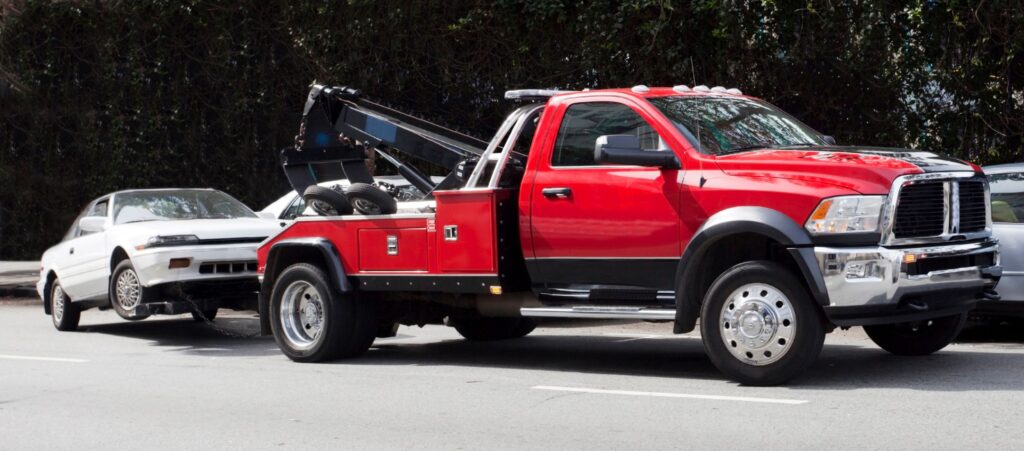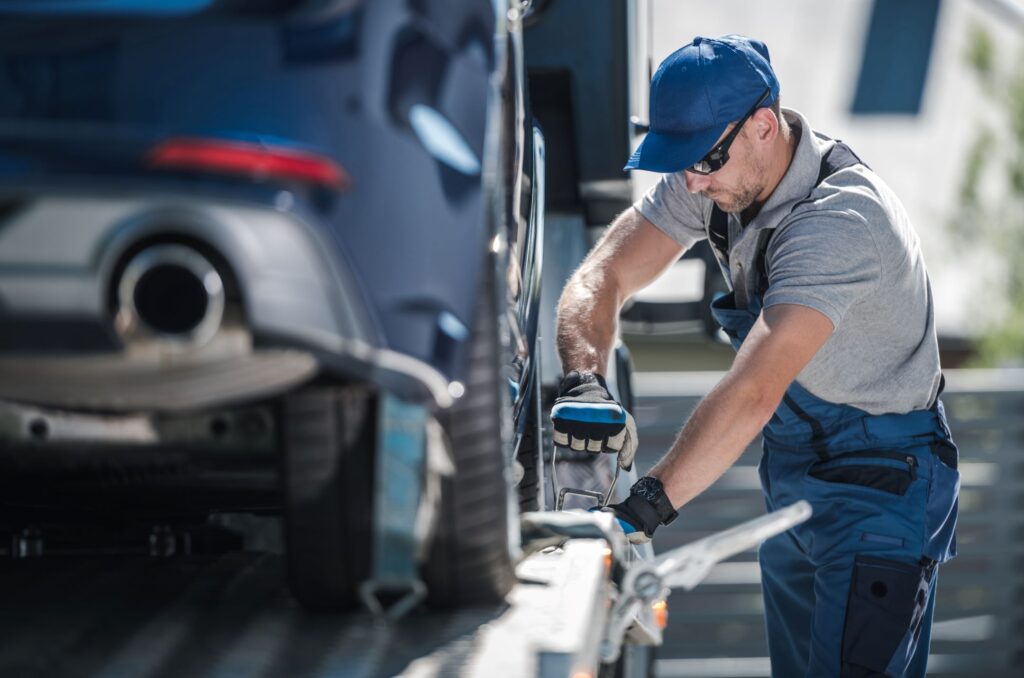Maximizing Towing Capacity With the Right Equipment and Knowledge
Share
Share

Towing isn’t just about hitching up a trailer and hitting the road—it’s about doing it right. Whether you’re gearing up for a family adventure, moving heavy equipment, or tackling a big project, knowing how to maximize your towing capacity makes all the difference. The right approach protects your vehicle and keeps your journey smooth, safe, and hassle-free.
With that in mind, here are a few tips for maximizing towing capacity with the right equipment and knowledge:
Every vehicle has a maximum towing capacity or the heaviest load it can safely tow. The manufacturer sets this limit, and you can find it in your owner’s manual or on the manufacturer’s website. Staying within this limit protects your vehicle from damage, keeps everyone safe, and ensures you don’t void any warranties.
To calculate what you can tow, check your vehicle’s weight ratings. These include the Gross Vehicle Weight Rating (GVWR), Gross Trailer Weight (GTW), and Gross Combined Weight Rating (GCWR). Then, add up the weight of your vehicle, passengers, cargo, and trailer, and make sure the total stays below these limits.
For example, if you’re towing a large camper using a 5th wheel towing setup, you’ll need to factor in the weight of the camper, the hitch, and any gear or supplies packed inside. Say your camper weighs 10,000 pounds when loaded, and your vehicle’s towing capacity is 12,000 pounds. This leaves room for the hitch weight and a margin for safety. However, exceeding these limits can lead to issues like poor handling, strained brakes, or even structural damage to your vehicle.
Your hitch is the foundation of your towing setup, so picking the right one is critical. Different hitches can handle varying weight ranges. Class I or II hitches work well for smaller loads, like a bike rack or a lightweight utility trailer. On the other hand, if you’re towing something heavier, like a large camper or construction equipment, Class III, IV, or even 5th wheel hitches might be necessary.
To choose correctly, always check that your hitch’s weight rating matches or exceeds the weight of your trailer. Don’t forget hitch balls and couplers, which also have weight ratings. Using the wrong hitch can lead to instability and accidents, so double-check all components for compatibility.
A weight distribution system can help balance the load between your vehicle and the trailer. Uneven weight distribution can make steering difficult and cause your vehicle’s rear to sag, reducing traction and braking performance.
The system uses spring bars to shift some of the trailer’s weight toward your vehicle’s front axle. This adjustment improves stability, making it easier to handle your vehicle, especially with heavier loads or longer trailers.
Towing heavy loads puts extra demand on your vehicle’s brakes, which might not be enough. Adding trailer brakes, like electric or surge brakes, gives you the extra stopping power for safe driving.
An electronic brake controller lets you adjust the braking force you need to apply to the trailer. This is especially helpful with heavier loads, which take longer to stop.
To avoid problems on the road, keep your trailer’s brakes in good condition and test them before every trip. Reliable brakes give you more control and peace of mind while towing.
Your tires are crucial when towing. Your vehicle and trailer tires must be in great shape, with the correct tread depth or proper inflation. If your tires are underinflated, it can make your ride less stable, hurt fuel efficiency, and increase the chance of blowouts. On the other hand, overinflated tires can reduce traction, making driving more dangerous.
Make sure your tires are built for towing. Some setups require special tires with higher load ratings to handle the extra weight safely. Also, don’t overlook your spare tires for the vehicle and the trailer. They should also be ready for the job!

Loading your trailer the right way keeps your towing safe and reliable. Start by ensuring the weight is balanced, with about 60% placed toward the front of the trailer. This helps prevent swaying and keeps the trailer steady as you drive.
Next, secure your cargo tightly using straps or nets to prevent it from shifting during the trip. A loose load can upset the trailer’s balance, making it harder to control. If you’re not sure about the weight, use a trailer tongue scale to confirm that the tongue weight is between 10% and 15% of the total trailer weight.
Towing puts extra strain on your vehicle, so regular maintenance is essential to avoid issues. Be sure to focus on critical problems like engine temperature, transmission fluid levels, and brake wear. Neglecting these can lead to overheating, excessive wear, and expensive repairs that are often preventable.
Adding a transmission cooler is a smart move for frequent towing or long trips. This device helps regulate transmission fluid temperature, which reduces the risk of overheating and prolongs its lifespan.
Mastering your vehicle’s towing capacity isn’t just about understanding numbers and equipment. It’s about confidence and safety on the road. With the above guidelines, you’ll ensure a smoother and safer journey. Remember that successful towing comes down to preparation, attention to detail, and respect for your vehicle’s limits. Take the time to do it right, and you’ll enjoy worry-free towing for years.

Leave a Reply